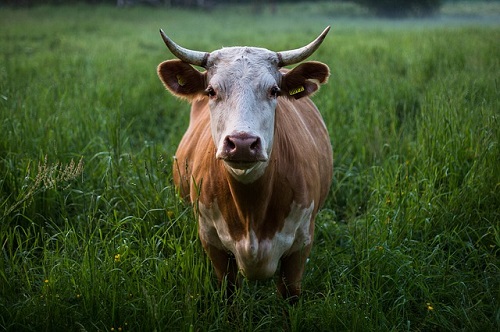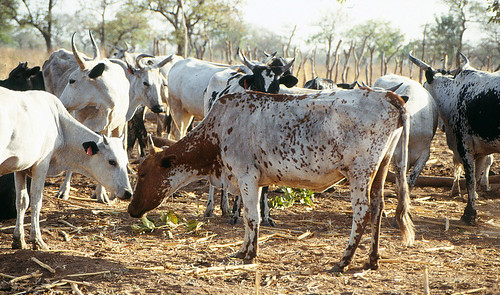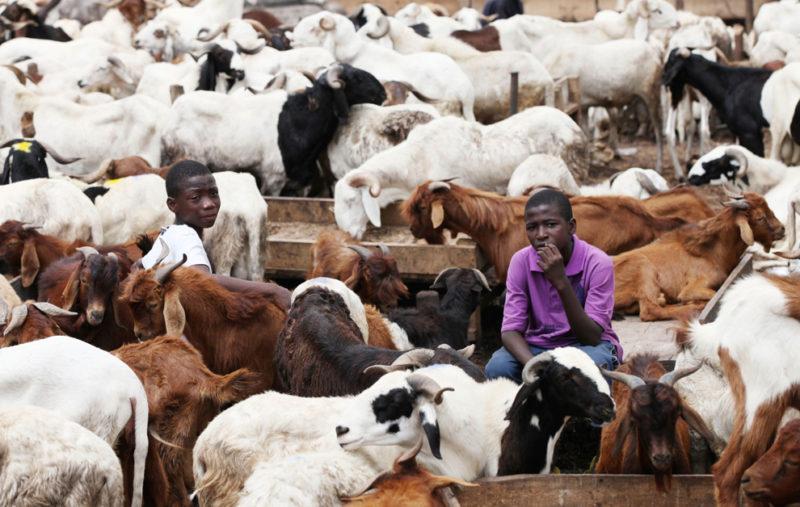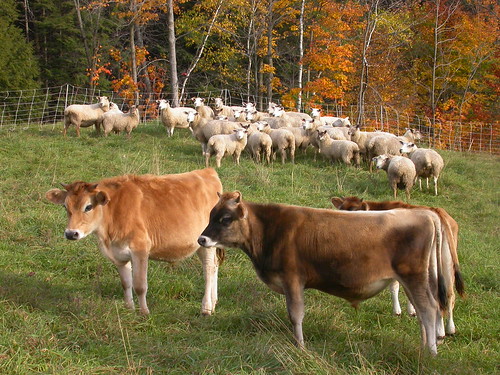One of the most important aspects of raising livestock is providing them with a nutrient-rich diet. This is typically accomplished by feeding the animals hay, grains, and other supplements. However, pasture grasses and legumes can also provide a significant amount of nutrition for livestock, reducing the overall cost of raising them. Many farmers are now starting to use pasture grasses and legumes as the primary source of animal feed.
What are pastures?
Pastures are simply areas of land covered by grasses and legumes (forage crops) for animals or livestock to graze on. They are a valuable source of food for grazing animals, as well as a way to improve soil health and provide protection against erosion. Grasses and legumes in pastures can be grazed by cattle, sheep, goats, horses, and other animals.
What are forage crops?
Forage crops are grasses, legumes or other forage plants that are grown to provide feed for livestock. The crops can be harvested and fed to the animals in a barn, or the animals can be allowed to graze directly on the field. Forage crops are an important part of the feed supply for cattle, sheep, and goats.
Pasture grasses and legumes
Grasses and legumes are two of the most important types of plants used as animal feed. Each has its own unique set of benefits that make them ideal for different purposes. Grasses are generally high in fiber and relatively low in protein, while legumes are generally high in protein and relatively low in fiber. When used together, the two can provide animals with all the nutrients they need to survive and thrive.
Pasture grasses are a type of grass that is commonly found in fields and meadows. These grasses are used for grazing livestock, such as cows and sheep, and for hay production. They are rich in nutrients, which makes them ideal forage for grazing animals. Forage grasses include guinea grass, elephant grass, straw wheat, bromegrasses, and fescues.
Forage legumes are a type of plant that is used for animal feed. These plants produce pods or seeds that are rich in protein and other nutrients, making them an excellent source of food for livestock. Forage legumes include alfalfa, clover, and vetch, among others.
A List of Forage Grasses
There are many types of grasses or examples of grasses that are edible and good as animal feed. Find below the list of 50 forage grasses and their botanical names.
| Common Name | Botanical Name |
| Gamba grass | Andropogon gayanus |
| Southern gamba | A. tectorum |
| Carpet grass | Axonopus compressus |
| Imperial grass | Axonopus scoparius |
| Signal grass | Brachiaria decumbens |
| Para grass | Brachiaria mutica |
| Palisade grass | B. brizantha |
| Rugi, congo grass | B. ruziziensis |
| Buffel grass | Cenchrus ciliaris |
| Rhodes grass | Chloris gayana |
| Bermuda grass | Cynodon dactylon |
| Giant star grass | Cynodo nlemfuensis |
| Pangola grass | Digitaria decumbens |
| Jaragua grass | Hyparrhenia rufa |
| Molasses | Melinis minutiflora |
| Guinea grass | Panicum maximum |
| Klein grass | Panicum coloratum |
| Blue panic | Panicum antidotale |
| Elephant grass | Pennisetum purpureum |
| Kyasuwa grass | Panicum pedicellatum |
| Kikuyu grass | Panicum clamdestinum |
| Sugar cane | Saccharum officinarum |
| Setaria | Setaria anceps |
| Spear grass | Imperata cylindrical |
| Guatemala grass | Tripsacum laxum |
| Stubborn grass | Eleucine indica |
| Weeping love | Eragrostis tremula |
| Wutsiyar jaki | Aristida stipondes |
| Blue drop-seed | Sporobolus pyramidalis |
| Lemon grass | Cymbopogon citratus |
| Wheatgrass | Agropyron spp. |
| Bent grass | Agrostis spp. |
| Meadow Foxtail | Alopecurus praiensis |
| Beach grass | Ammophila spp. |
| Blue stems grass | Andropogon spp. |
| Tall Oatgrass | Arrhenatherum elatius |
| Grama grass | Bouteloua spp. |
| Bromo grass | Bromus spp. |
| Buffalo grass | Buchloë dactyloides |
| Wild-rye | Elymus spp. |
| Lovegrass | Eragrostis spp. |
| Centipede grass | Eremochloa ophiuroides |
| Fescue | Festuca spp. |
| Rye grass | Lolium spp. |
| Indian Rice grass | Oryzopsis hymenoides |
| Paspalum grass | Paspalum spp. |
| Canary grass | Phalaris spp. |
| Timothy grass | Phleum pretense |
| Foxtail Millet | Setaria Itálica |
| Stipa or Needle grass | Stipa spp. |
A List of Forage Legumes
Find below a list of 50 pasture legumes and their botanical names
| Common Name | Botanical Name |
| Pigeon pea | Cajanus cajan |
| Calopo | Calopogonium mucunoides |
| Centro | Centrosema pubescens |
| Greenleaf Desmodium | Desmodium intortum |
| Silverleaf Desmodium | Desmodium uncinatum |
| Gliricidia | Gliricidia sepium |
| Hyacinth bear | Lablab purpureus |
| Lucaena, lead tree | Leucaena leucocephala |
| Gycine | Neonotania wightii |
| Kudzu | Pueraria phaseoloides |
| Stylo | Stylosanthes guyanensis |
| Townsville | Stylosanthes humilis |
| Alfalfa | Medicago sativa |
| Mimosa | Mimosa pudica |
| Buffalo leaf | Alysicarpus viginalis |
| Birdsfoot Trefoil | Lotus corniculatus |
| Red Clover | Trifolium pratense |
| White Clover | Trifolium repens |
| Sweet Clover | Melilotus officinalis |
| Alsike Clover | Trifolium hybridum |
| Kura Clover | Trifolium ambiguum |
| Tufted Vetch | Vicia cracca |
| Common vetch | Vicia sativa |
| Soybean | Glycine max |
| Black Medic | Medicago lupulina |
| Butterfly pea | Clitoria ternatea |
| Yellow lupin seed | Lupinus luteus |
| West African albizia | Albizia ferruginea |
| Winged bean | Psophocarpus tetragonolobus |
| Wild senna | Senna tora |
| White lupin | Lupinus albus |
| Acacia | Acacia nilotica |
| Berseem | Trifolium alexandrinum |
| Black gram | Vigna mungo |
| Carob | Ceratonia siliqua |
| Chickpea | Cicer arietinum |
| Chinese albizia | Albizia chinensis |
| Chilean mesquite | Prosopis chilensis |
| Grass pea | Lathyrus sativus |
| Horse gram | Gleditsia triacanthos |
| Hedge lucerne | Desmanthus virgatus |
| Jack bean | Canavalia ensiformis |
| Mellettia | Mellettia extensa |
| Lentil | Lens culinaris |
| Orfot | Vachellia oerfota |
| Okan | Cylicodiscus gabunensis |
| Mug bean | Vigna radiate |
| Lablab | Lablab purpureus |
| Peanut | Trifolium resupinatum |
| Otholobium | Otholobium candicans |




Your comments are welcomed
please, how can I induce my pig to heat?
Which pasture grass has the highest protein content?
What is the effect of feeding raw feed to ruminant animals